This post contains affiliate links.
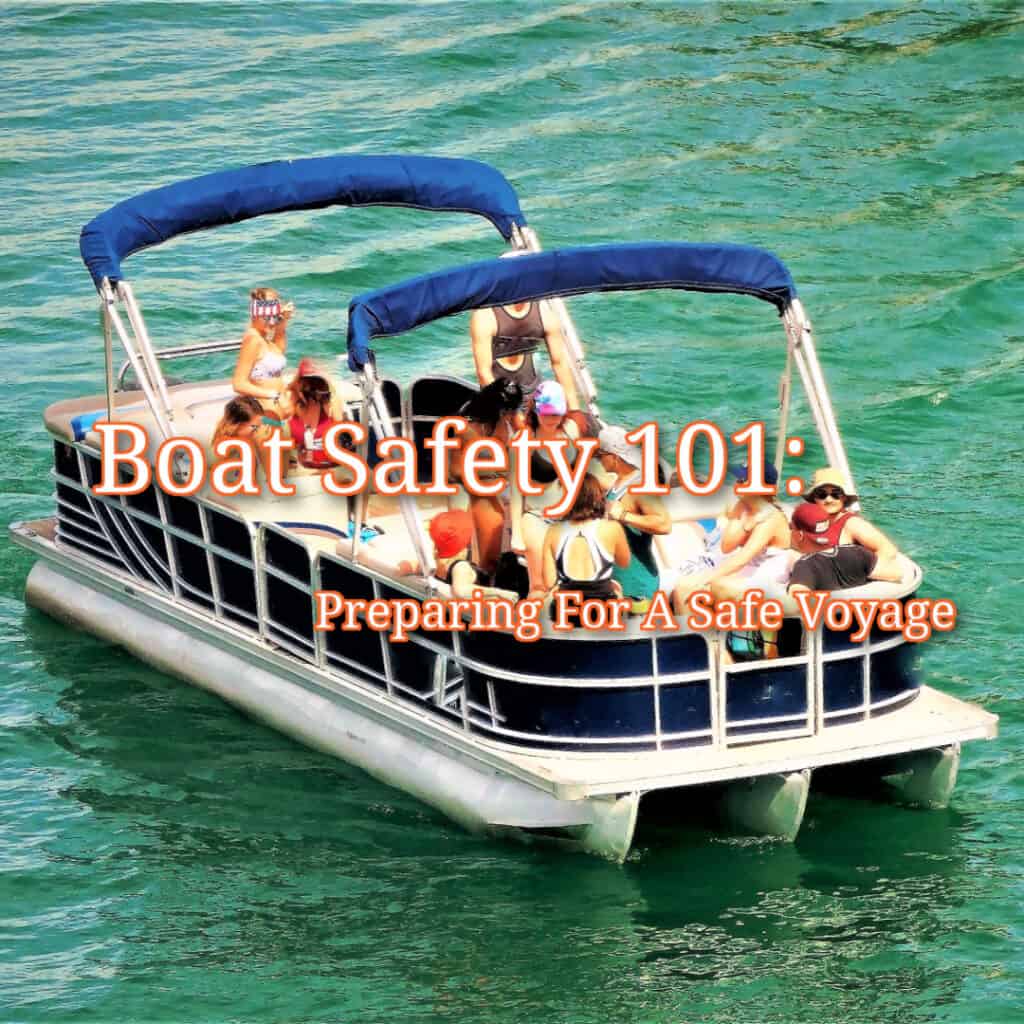
One of the most important items in boat safety occurs before taking your boat out on the water, as you must always ensure that you run through a comprehensive boating pre-departure checklist. This is essential for safety, legal compliance, and your peace of mind. However, with so much going on before leaving the dock, what all is included in the pre-departure checklist?
The boating pre-departure checklist includes knowing your weather conditions, reviewing your safety equipment, checking the navigation tools, reviewing communications with passengers, inspecting the boat’s systems, ensuring you have required documents, and inspecting the anchor and docking gear.
Within each of these items on the pre-departure checklist, you will find additional items to address as you check off each item on the list. We will further discuss each item on the boating pre-departure checklist throughout this article.
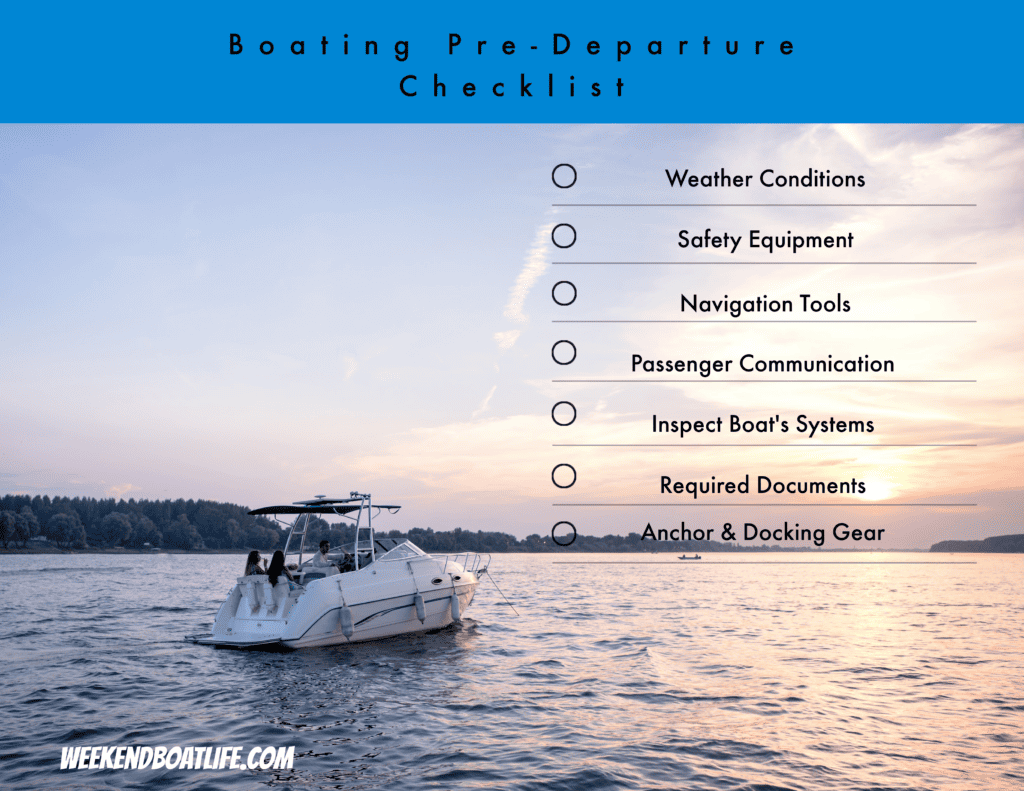
Boating Pre-Departure Checklist
Before you cast off, a comprehensive check ensures both boat safety and legality are addressed. My boating pre-departure preparations revolve around a thorough checklist that includes inspecting the weather conditions, safety equipment, and navigation tools, and conducting a boat systems check that’s as much about communication with passengers as it is about mechanical soundness. While each of these items doesn’t have to be done in any particular order, each is just as important as the next item on the list.
Check Weather Conditions
Before heading out on the water you must always review the weather forecast to ensure a safe boating experience. This includes:
- Monitoring for any weather such as wind advisories, inclement weather, or any weather event that could impact your boating experience.
- Adjusting plans according to predicted wind and waves, from personal experience this is especially true if you’re planning on going out fishing. If you’re not weather-prepared a fun day on the water can become a disaster very quickly.
Review Safety Equipment
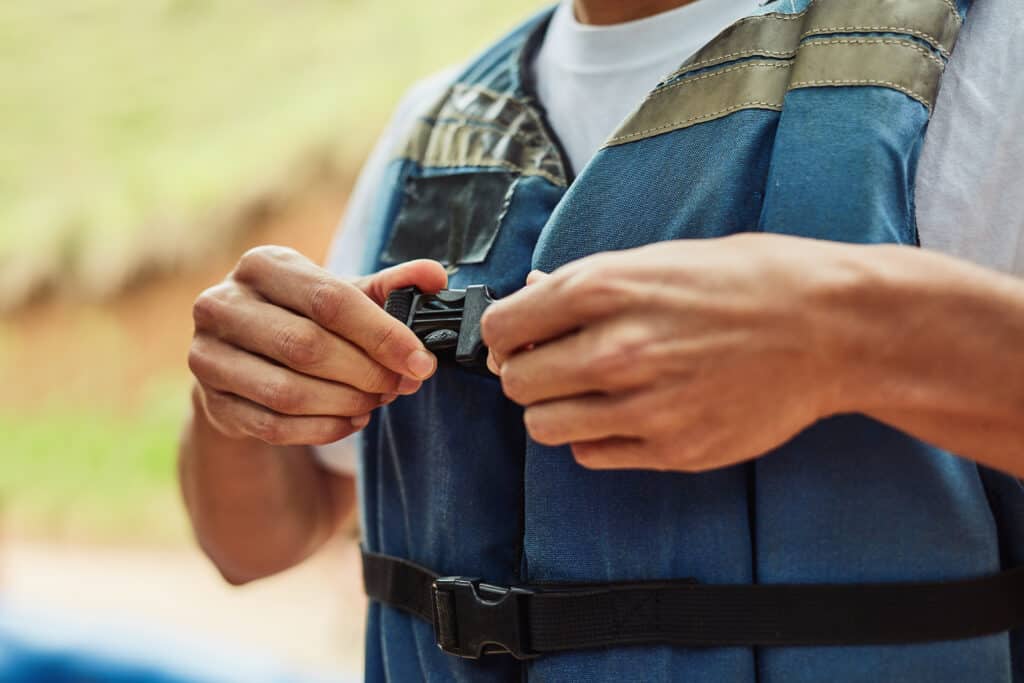
The safety of everyone on board is paramount, so I verify that all necessary safety equipment is both present and in working order. This involves:
- Ensuring enough life jackets for all passengers, as each passenger must have a Coast Guard-approved life jacket on board the boat. These life jackets must be in good working condition, as well as be the correct size for your passengers, especially children.
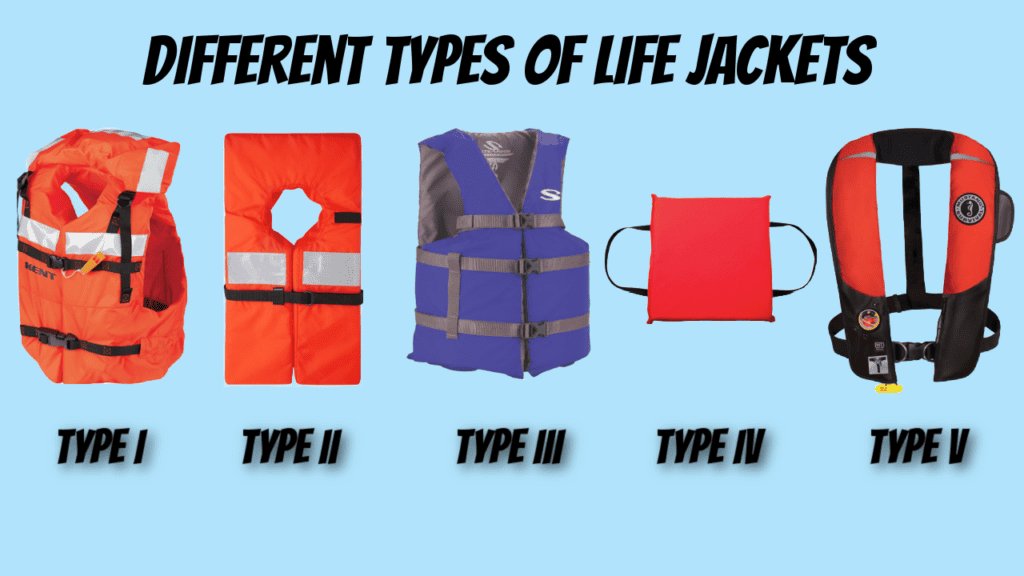
- Checking the integrity of all required boat safety equipment in addition of life jackets. In my state of Virginia, your boat must have the following items: throwable jacket or cushion, fire extinguishers, boat engine cutoff switch, and sound-producing devices like a whistle or horn
- Ensure non-required items such as first-aid kits are in good working condition.
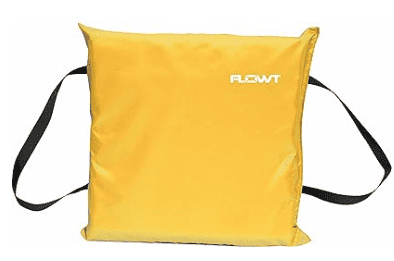
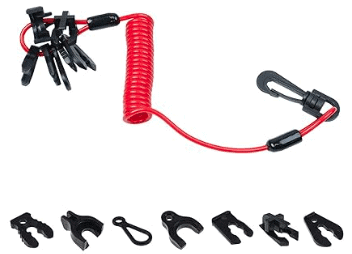
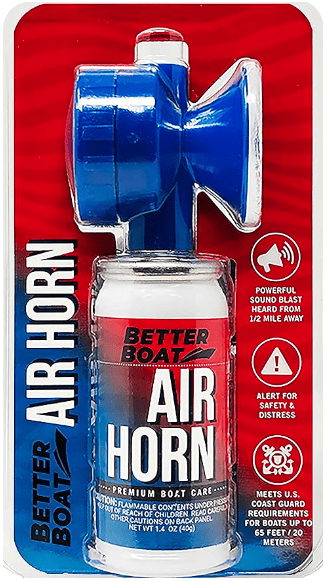
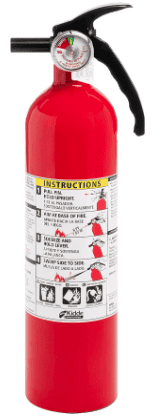
Prepare Navigation Tools
Navigating the waters requires precision and several tools that ensure safety. Before heading out my preparation includes:
- Checking that my GPS is operational and updated with the latest navigation charts. My Garmin fish finder serves as a GPS as well.
- Ensuring the VHF radio is charged and functional for constant communication. Even if I plan on staying in local waters, I always carry my radio in case of an emergency.
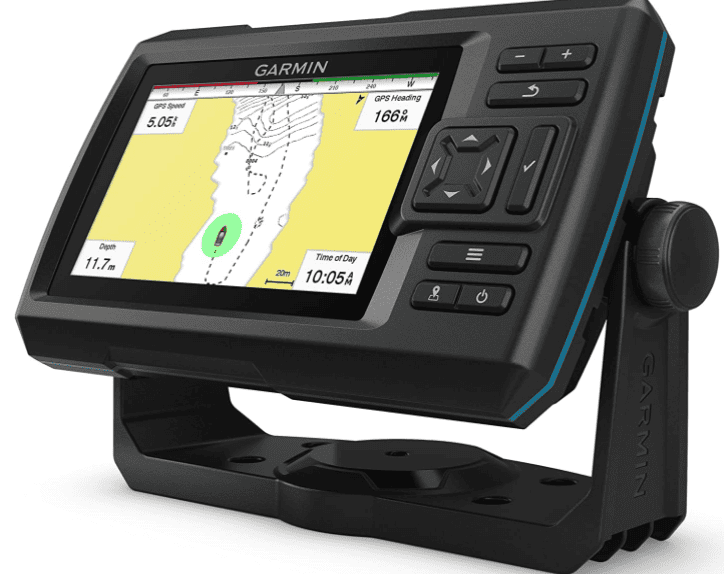

Communications Review With Passengers
Before leaving the dock briefing passengers on communication and emergency protocols is a safety cornerstone. You must cover each of these items with your passengers:
- Emergency procedures in the event something goes wrong. In addition, you need to ensure each passenger knows the locations of life jackets.
- The role of each person in maintaining a safe environment. This is especially important when taking part in watersports, and you need to have someone serving as a spotter for the rider. Each person needs to know the universal hand signals while riding a tube or other watercraft behind the boat.
Conduct Boat Safety Systems Check
I conduct a methodical inspection of the boat’s systems. Key points include:
- Inspecting the bilge for excess water and ensuring the pump is operational. Also as an extra tip, make sure the drain plug if equipped with your boat is connected. Take it from me, you don’t want to leave the ramp or dock without this item in place.
- Ensuring that all navigation lights are in operational order, this is regardless of whether you plan on being out before or after dusk.
- Checking fuel and oil levels, fuel filters, and the functionality of selector switches. Pay close attention to your fuel levels as some fuel gauges can show inaccurate information as the boat handles the waves. Make sure you know where the closet marina or gas supply is in case you happen to run out.
- Testing dual charging systems for battery care and ensuring that controls such as steering are responsive. While I don’t have a very large boat, I do have dual batteries for my trolling motor. There is nothing worse than going out fishing only to find out your trolling motor battery is dead.
- During these checks, you should also do a visual inspection around the whole boat to ensure there are no issues with the boat’s sea-worthiness before heading out.
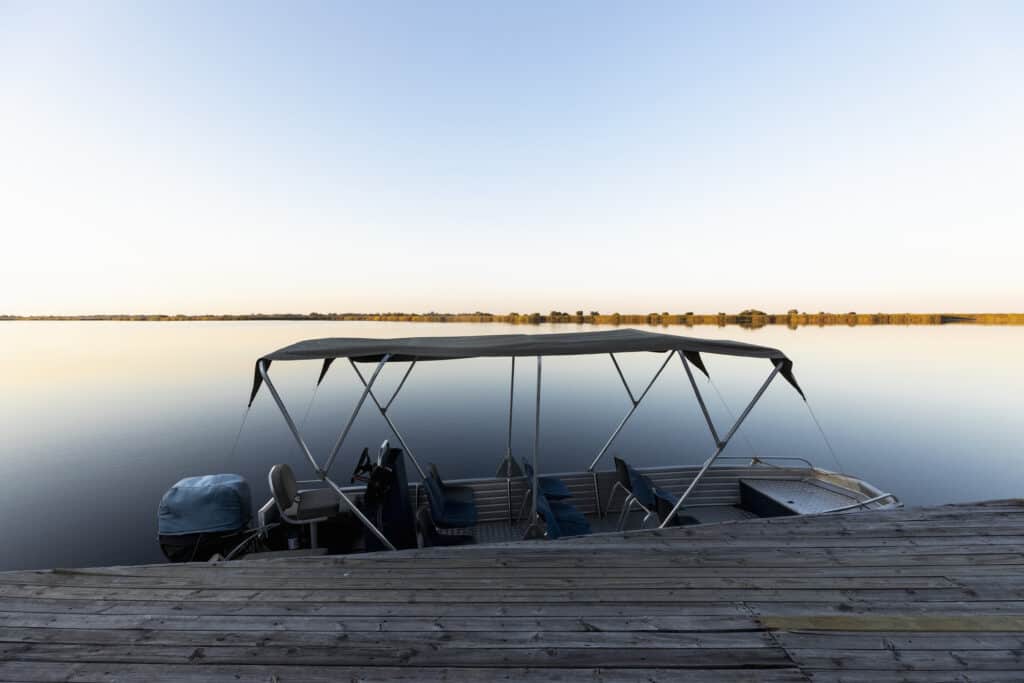
Secure Required Documentation
While sometimes it’s common to be overlooked, no trip should begin without the necessary paperwork, which includes:
- A valid boating license, if required by your state, and also if needed, a fishing license if you plan on enjoying your time with a few lines in the water.
- Confirmation of correct and updated registration and compliance with U.S. Coast Guard and State regulations.
- While boating insurance isn’t required by all states, I highly recommend you get some type of coverage to protect not only yourself, but your passengers and fellow boaters.
Finalize Docking and Anchoring Gear
Before departure, you also need to make sure your anchor and dock lines are available and prepared. This includes:
- Inspecting the anchor rode and chain and ensuring fenders are in place.
- Confirming dock lines are free of wear and tear for secure mooring on the docks.
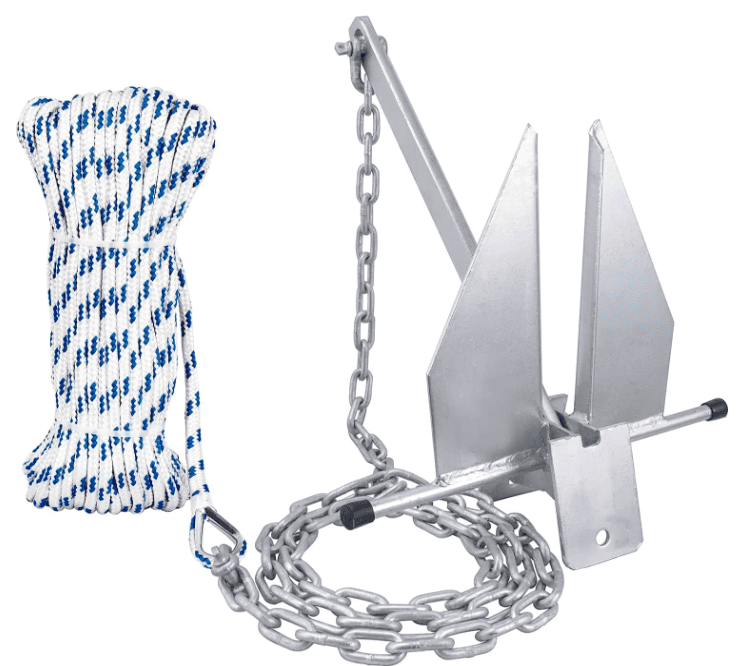
Each step in these preparations serves as an assurance that your vessel is ready to face the elements and return safely. These checks are a crucial part of responsible boat safety and ensure peace of mind and an enjoyable experience when on the water.

